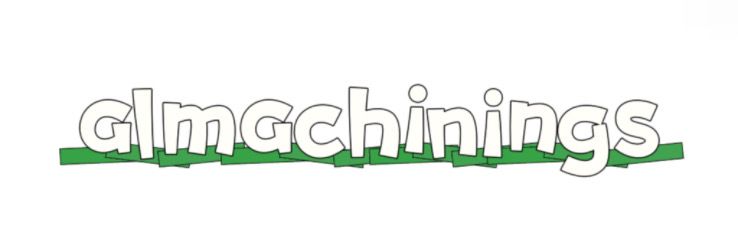Is Your Flour Milling Plant Compliant with Safety Regulations?
Is Your Flour Milling Plant Compliant with Safety Regulations?
Flour milling is a vital industry that supplies the foundations for many food products, but safety must be a prime concern in any milling operation. Non-compliance with safety regulations can lead to severe consequences such as accidents, injuries, and even legal repercussions. In this article, we will explore essential aspects of safety compliance in flour milling and provide you with actionable advice to ensure your operation meets regulatory standards.
Understanding Safety Regulations in Flour Milling
The first step toward achieving compliance is understanding the specific regulations that apply to flour milling plants. In many countries, food safety regulations are enforced by governmental bodies such as the Food and Drug Administration (FDA) in the United States or the European Food Safety Authority (EFSA) in Europe. These regulations cover a range of issues including:
- Food Safety: Ensuring that food products are safe for consumption, which includes maintaining hygienic conditions within the milling environment.
- Worker Safety: Compliance with Occupational Safety and Health Administration (OSHA) standards or local equivalents to protect workers from hazards associated with milling machinery.
- Environmental Regulations: Adhering to policies aimed at minimizing the environmental footprint of milling operations.
Familiarize yourself with these regulations through training programs or consultations with industry experts.
Conducting a Safety Audit
A comprehensive safety audit is crucial for identifying areas of non-compliance within your flour milling plant. Here’s how to conduct one:
- Assess Equipment: Examine all machinery for proper maintenance and safety features. Ensure emergency shut-off systems are functional.
- Evaluate Work Practices: Observe employees to ensure they are following safety protocols, such as wearing protective gear and utilizing machinery correctly.
- Check for Hazards: Identify and address potential hazards, including slip and fall risks, dust accumulation, and noise levels.
After the audit, create a report outlining your findings and action items. Implement changes promptly to mitigate risks.
Implementing Safety Training Programs
One of the most effective ways to ensure compliance is through regular safety training for all employees. Training should cover:
- Emergency Procedures: Employees should know how to react in emergencies, including fires and equipment malfunctions.
- Proper Equipment Use: Hands-on training for operating machinery, highlighting the importance of following manufacturer guidelines.
- Hygiene and Sanitation Practices: Education on maintaining cleanliness to prevent contamination and ensure food safety.
Consider scheduling workshops and employing experienced trainers to enhance the effectiveness of the programs.
Further reading:Top 5 Cattle Feed Auger Systems for Efficient Feeding Solutions
Regularly Reviewing and Updating Safety Protocols
Safety regulations can change, so it’s crucial to stay updated and review your protocols regularly. This involves:
- Monitoring Regulatory Changes: Subscribe to industry newsletters or join professional organizations to stay informed about changes in safety regulations.
- Internal Reviews: Set a schedule for regular internal safety reviews to ensure procedures remain effective and compliant.
- Feedback Loop: Encourage employees to voice concerns or suggestions about safety practices, creating an inclusive safety culture.
Frequently Asked Questions
What are the consequences of non-compliance?
Non-compliance can lead to hefty fines, legal issues, and reputational damage. It can also result in workplace accidents causing injuries or fatalities.
How can I certify my plant meets safety regulations?
Consider obtaining certifications from recognized safety organizations. They often provide comprehensive guidelines and assessments to help ensure compliance.
What is the role of technology in ensuring safety compliance?
Technology, such as automated safety monitoring systems, can help identify risks in real-time. Utilizing innovative solutions can enhance compliance and streamline safety processes.
Conclusion
Ensuring your flour milling plant complies with safety regulations is an ongoing responsibility that requires dedication, regular assessments, and employee engagement. By understanding regulations, conducting audits, implementing training programs, and continually reviewing protocols, you can create a safe and compliant milling environment. Remember, a proactive approach to safety is not just about meeting legal requirements but also about protecting your workers and producing high-quality products.
Contact us to discuss your requirements of 150TPD Steel Structure Wheat Flour Milling Plant exporter, flour mill setup cost, maize mills. Our experienced sales team can help you identify the options that best suit your needs.
176
0
0
All Comments (0)
Previous: Top 5 Cattle Feed Auger Systems for Efficient Feeding Solutions
Next: Understanding Cattle Feed Auger Systems: Benefits and Features
If you are interested in sending in a Guest Blogger Submission,welcome to write for us!


Comments